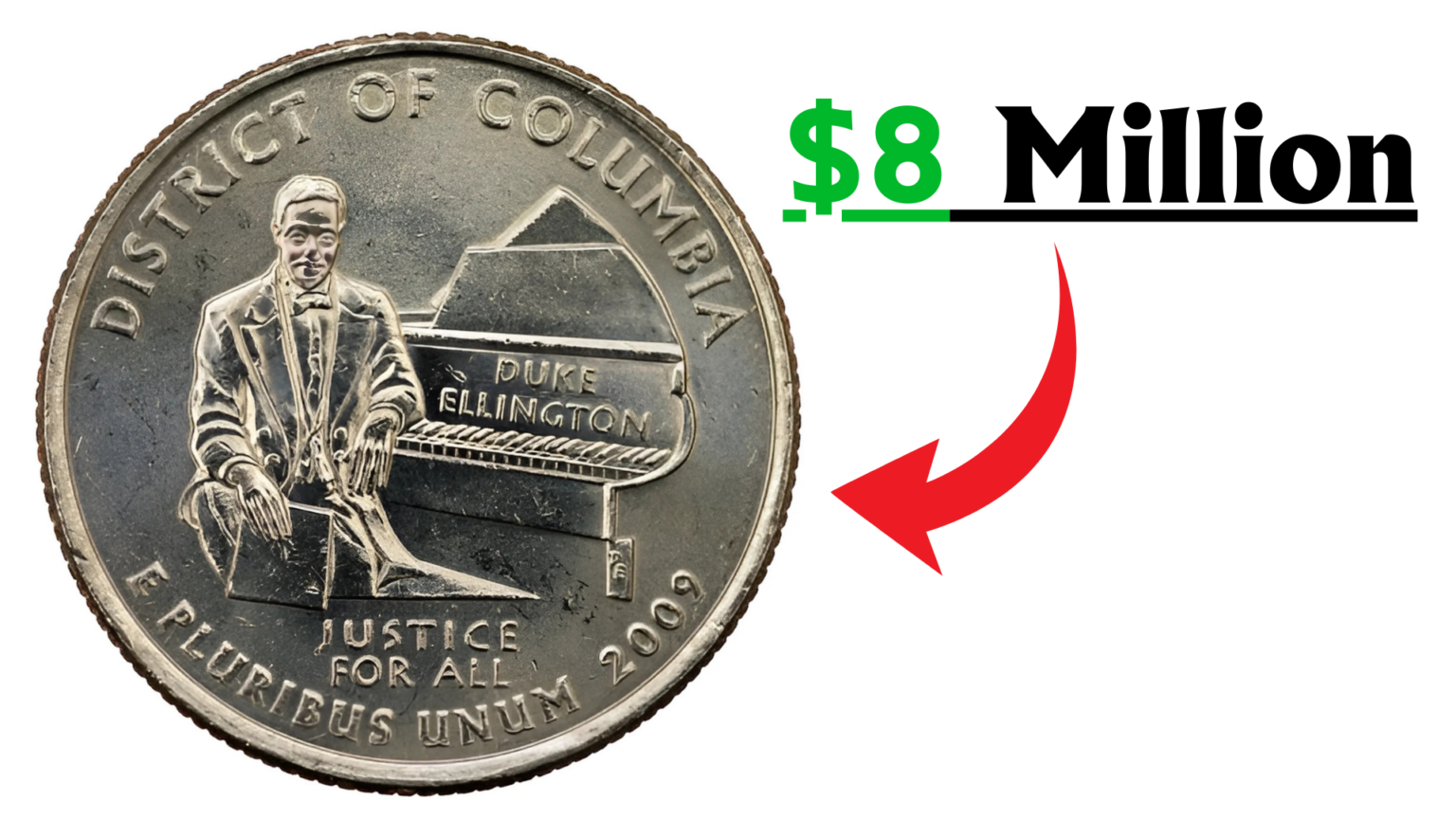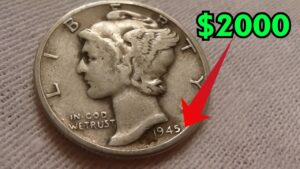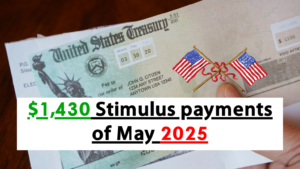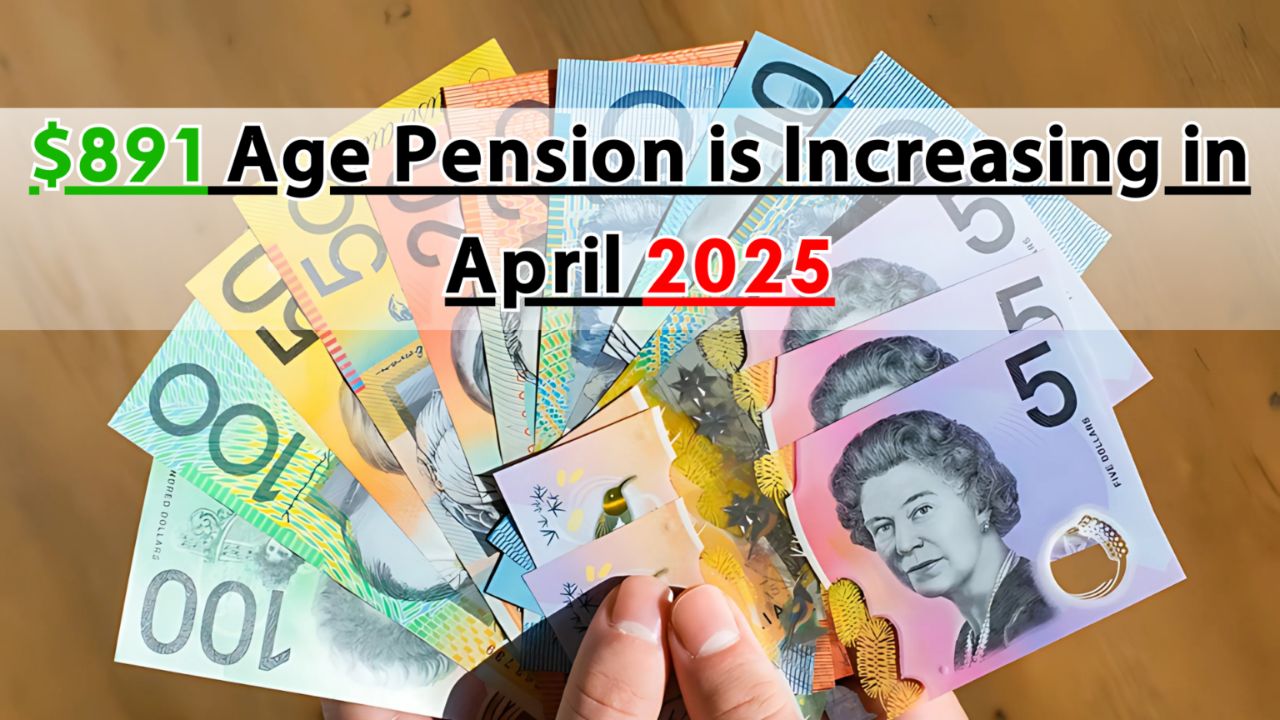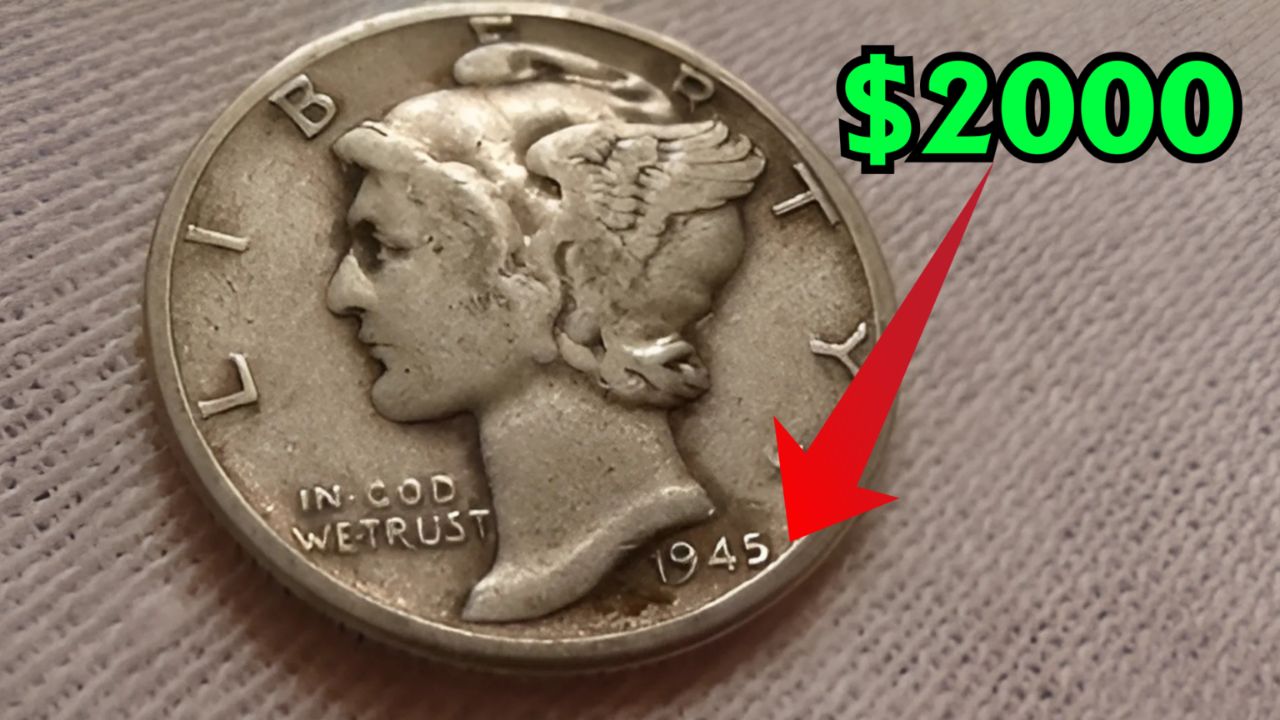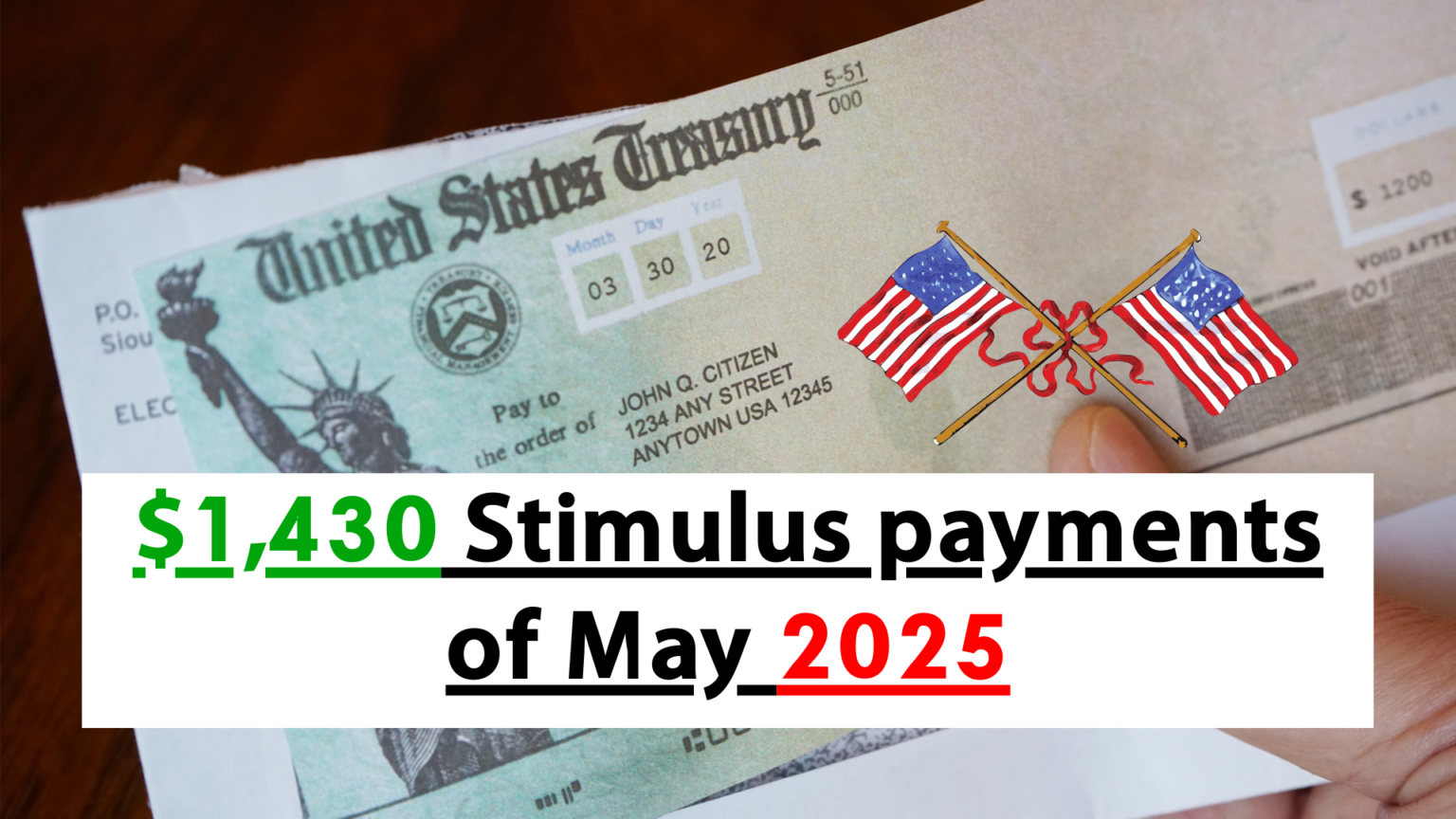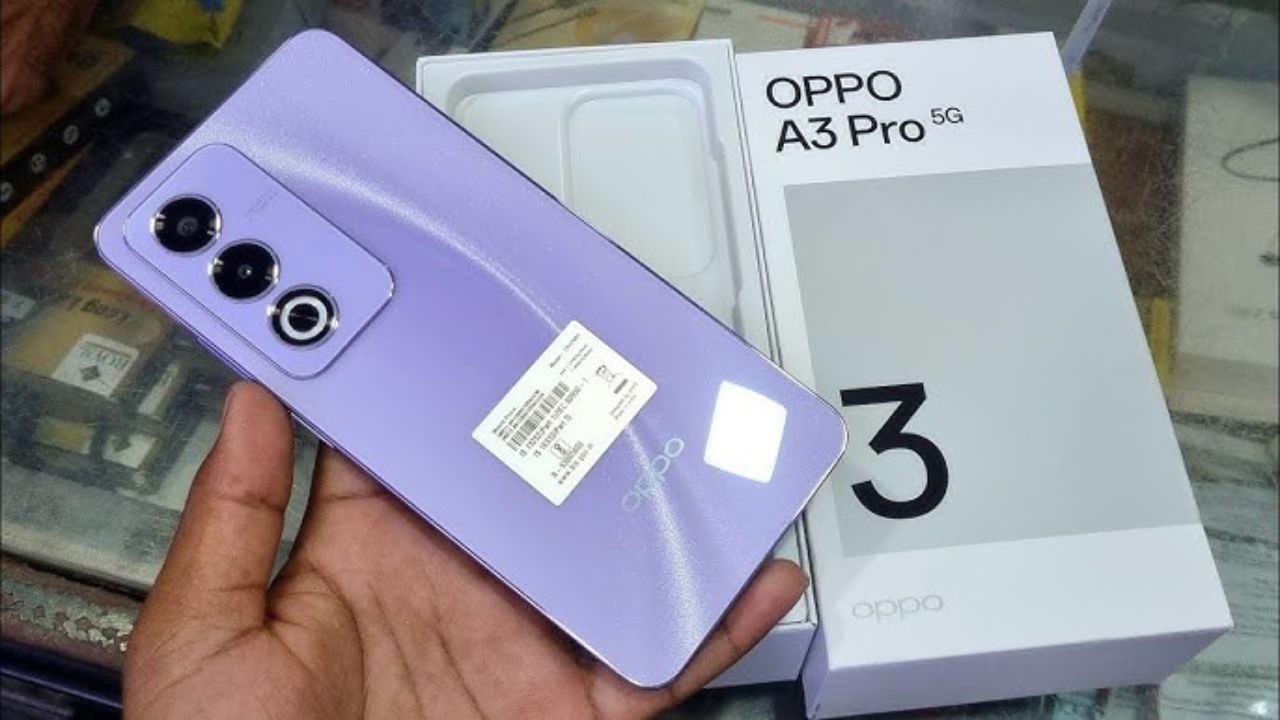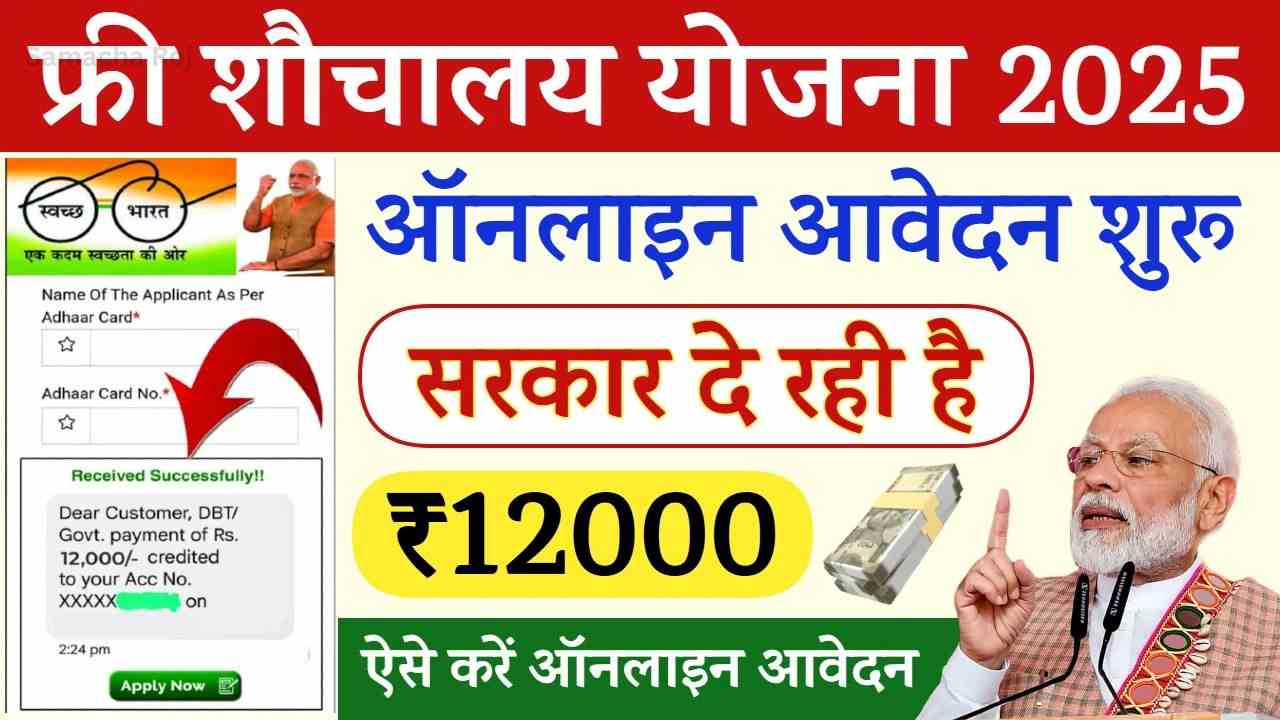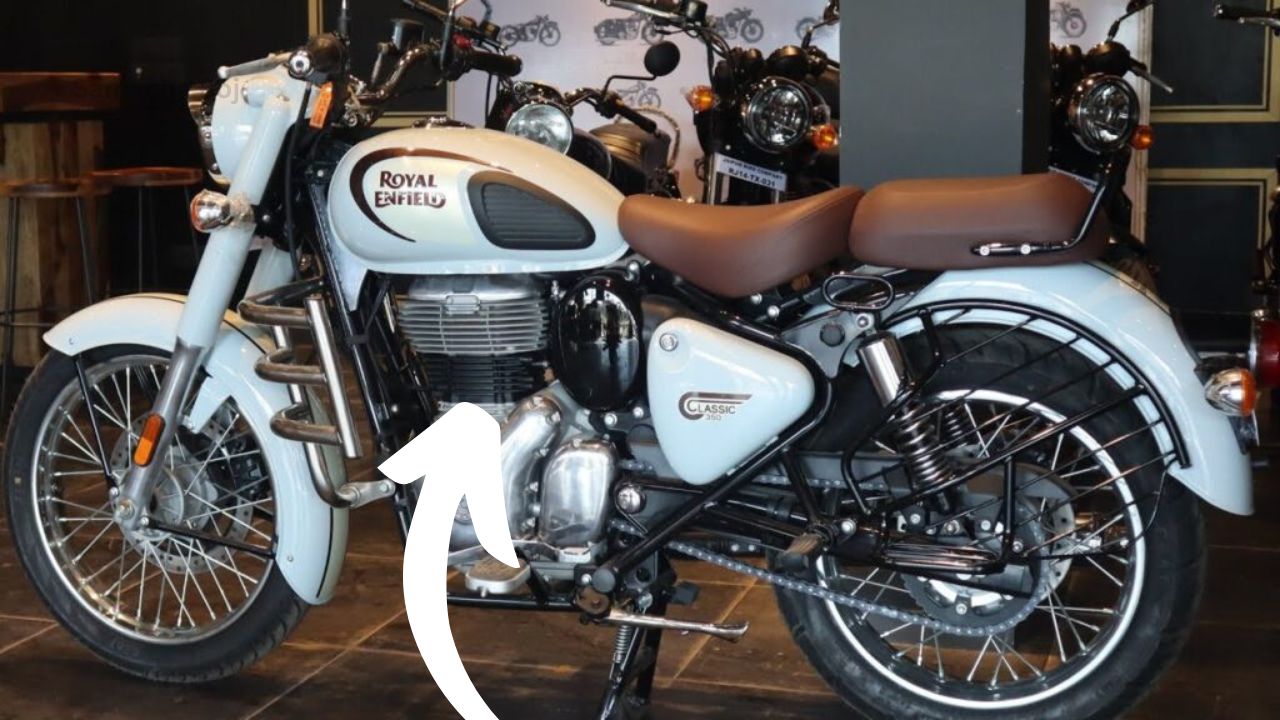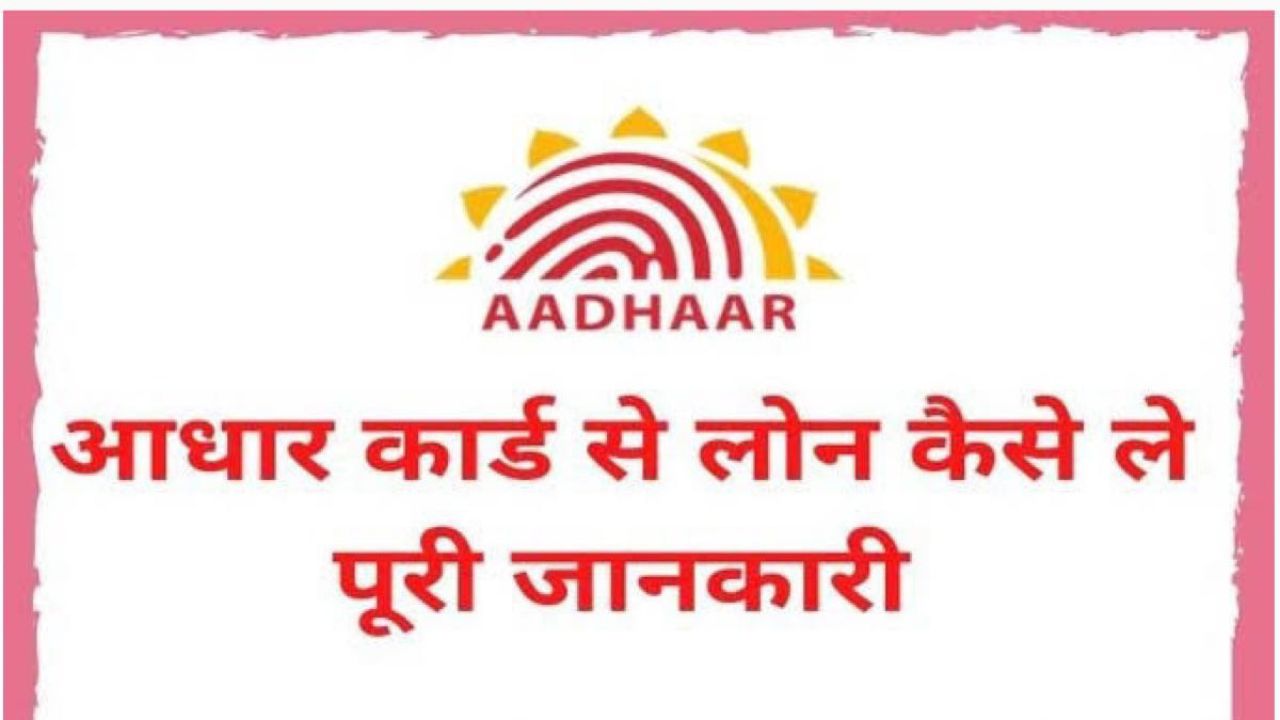Have you ever tossed a quarter into a vending machine without a second thought? What if that quarter was worth millions? It sounds like a dream, but some rare state quarters from the U.S. Mint’s 50 State Quarters Program (1999–2008) have fetched jaw-dropping prices at auctions. While the claim of “$8 million each” for seven specific quarters is more of a collector’s legend than reality, certain error coins and high-grade rarities are worth far more than their 25-cent face value. Let’s dive into the world of numismatics and uncover seven valuable state quarters that could turn your pocket change into a fortune.
In this post, I’ll walk you through the most coveted state quarters, explain why they’re so valuable, and share tips on spotting them in your own collection. Whether you’re a seasoned coin collector or just curious about that jingle in your pocket, this guide is for you. Ready to hunt for treasure? Let’s get started!
What Makes State Quarters So Valuable?
The 50 State Quarters Program was a hit when it launched in 1999. Each state got its own unique quarter, released in the order they joined the Union. Over 34 billion quarters were minted, so most are worth just 25 cents. But a few stand out due to rare errors, low mintages, or pristine condition. These factors drive their value into the thousands—or even millions—for the right coin.
Think about it: a tiny mistake at the mint, like an extra leaf or a misaligned strike, can turn an ordinary quarter into a collector’s holy grail. Add in high-grade coins graded MS67 or above by services like PCGS or NGC, and you’ve got a recipe for big bucks. Let’s explore seven state quarters that collectors dream about.
1. 1999-P Delaware “Spitting Horse” Quarter
The Error That Started It All
The Delaware quarter, the first in the series, features Caesar Rodney on horseback. But some coins have a quirky error called the “Spitting Horse.” A die crack near the horse’s mouth creates a line that looks like spit—hence the name. It’s a subtle flaw, but collectors love it.
Why It’s Valuable
While circulated Spitting Horse quarters sell for $10–$50, uncirculated examples in MS68 can fetch $300 or more. Rumors of million-dollar values are exaggerated, but a pristine coin could still net you a tidy sum. In 2019, a PCGS MS66 example sold for $3,840, proving its appeal.
How to Spot It
Check the reverse side. Look for a raised line extending from the horse’s mouth. It’s faint, so grab a magnifying glass. If you find one, get it graded professionally to confirm its value.
2. 1999-P Pennsylvania MS67 Quarter
A Gem in Perfect Condition
The Pennsylvania quarter, with its “Virtue, Liberty, Independence” motto, isn’t rare in itself. But finding one in MS67 condition is like spotting a unicorn. Only a handful exist at this grade, making them highly sought after.
Why It’s Valuable
In 2006, a 1999-P Pennsylvania MS67 quarter sold for $10,200 at auction, one of the highest prices for a state quarter. While $8 million is a stretch, high-grade examples consistently command thousands. Their rarity and historical significance fuel demand.
How to Spot It
You’ll need a professional grading service to confirm MS67 status. Look for coins with no visible scratches, brilliant luster, and sharp details. If your Pennsylvania quarter looks flawless, it’s worth a closer look.
3. 2004-D Wisconsin “Extra Leaf” Quarter
The Corn Stalk Controversy
The Wisconsin quarter, showcasing a cow, cheese, and corn, has a famous error: an extra leaf on the corn stalk. Two varieties exist—High Leaf and Low Leaf—caused by a minting die flaw. Collectors speculate it was intentional, adding to the mystique.
Why It’s Valuable
High Leaf versions are scarcer and more valuable. An MS67 High Leaf sold for $6,000 in 2020, while Low Leaf coins fetch $100–$1,500. These errors sparked a frenzy when discovered, and they remain hot among collectors.
How to Spot It
Examine the corn stalk on the reverse. Look for an extra leaf pointing up (High) or down (Low). It’s a small detail, so use good lighting and magnification.
4. 2005-P Minnesota “Double Die” Quarter
A Loon with a Secret
Minnesota’s quarter features a loon on a lake, but some have a double die error, where design elements appear blurred or doubled. The error is most noticeable on the trees or text, making it a standout for error hunters.
Why It’s Valuable
Values range from $100 to $6,000 for uncirculated coins, depending on condition. While not quite $8 million, a pristine double die could fund a nice vacation. These errors are rare, as only a few dies produced them.
How to Spot It
Check the reverse for doubling on the trees, loon, or “Minnesota” text. It’s subtle, so compare your coin to online images of known double die examples.
5. 2008-P Alaska Proof Quarter
The Shiny Mistake
The Alaska quarter, with its grizzly bear catching a salmon, has a rare proof version that slipped into circulation. Proof coins are meant for collectors, with mirror-like finishes and sharp details. Finding one in your change is like winning the coin lottery.
Why It’s Valuable
Proof Alaska quarters can sell for hundreds to thousands, especially in high grades. A pristine example might hit $500 or more. Their accidental release makes them a collector’s gem.
How to Spot It
Look for an ultra-shiny surface and crisp details. Proof coins often have an “S” mintmark, but some Alaska proofs lack it. If it looks too perfect, get it checked.
6. 1999-P Georgia Experimental Alloy Quarter
The Golden Quarter
Some 1999 Georgia quarters were struck on experimental planchets meant for the Sacagawea dollar. These coins have a golden hue, heavier weight, and unique composition, making them incredibly rare.
Why It’s Valuable
One MS65 example sold for $4,200, and higher grades could push values into the tens of thousands. Their experimental nature and scarcity drive collector interest.
How to Spot It
Check for a golden tint instead of the usual silver-gray. These coins feel slightly heavier. Professional grading is a must to verify authenticity.
7. 2000-P South Carolina MS69 Quarter
A Rarity in Mint Condition
The South Carolina quarter, featuring a palmetto tree, is common—unless it’s graded MS69. Fewer than 500 exist at this near-perfect level, making them a numismatic treasure.
Why It’s Valuable
An MS69 South Carolina quarter was valued at $8,000 in 2018. While not millions, it’s a significant return on 25 cents. High-grade coins like this are prized for their perfection.
How to Spot It
Only grading services can confirm MS69 status. Look for coins with flawless surfaces and vibrant luster. If it’s pristine, don’t spend it yet!
Why the $8 Million Claim Is Misleading
You might be wondering: where does the “$8 million each” figure come from? It’s likely a mix of hype and misinterpretation. No state quarter has sold for $8 million, but coins like the 1999-P Delaware MS69 (valued at $14,000) or error rarities fuel speculation. Auction records show top sales in the $3,000–$10,000 range, with outliers like experimental planchets pushing higher. The lesson? Always verify claims with reputable sources like PCGS or auction houses.
Tips for Finding Valuable Quarters in Your Pocket
Ready to check your change? Here’s how to start your treasure hunt:
- Inspect Closely: Use a magnifying glass to spot errors like extra leaves or double dies.
- Know the Mintmarks: “P” (Philadelphia) and “D” (Denver) are common, but “S” proofs are rare.
- Check Condition: Coins in mint state (no wear) are worth more.
- Get Professional Grading: Services like PCGS or NGC authenticate and grade coins, boosting value.
- Research Values: Check recent auction results on sites like Heritage Auctions for accurate pricing.
I once met a retiree named Tom at a coin show who found a Wisconsin Extra Leaf quarter in his change jar. He sold it for $1,200 after grading—enough for a weekend getaway! Stories like his show that treasures are out there.
How to Sell Your Valuable Quarters
Found a potential winner? Don’t rush to spend it. Here’s how to cash in:
- Authenticate: Have your coin graded by PCGS or NGC.
- Research: Check recent sales on eBay or auction sites for pricing.
- Sell Smart: Use reputable dealers, auction houses, or platforms like Heritage Auctions.
- Avoid Scams: Beware of buyers offering lowball prices or sketchy deals.
A friend of mine, Sarah, sold a proof Alaska quarter through a local dealer for $400. She researched first, ensuring she got a fair price. Preparation pays off!
The Joy of Coin Collecting
Even if you don’t find a million-dollar quarter, collecting state quarters is a fun hobby. Each coin tells a story—of a state’s history, a mint’s mistake, or a collector’s passion. My first state quarter was a 1999 Delaware I found as a kid. It wasn’t valuable, but it sparked a lifelong interest in coins.
Numismatist John Saechao, a respected collector, says, “State quarters are a gateway to numismatics. They’re affordable, accessible, and full of surprises.” Whether you’re in it for profit or pleasure, there’s something magical about hunting for that one rare coin.
FAQs About Valuable State Quarters
Which state quarters are worth the most?
The most valuable include the 1999-P Delaware Spitting Horse, 2004-D Wisconsin Extra Leaf, and 1999-P Pennsylvania MS67. Values range from $100 to $10,000+ for high-grade or error coins.
How do I know if my quarter is rare?
Look for errors (extra leaves, double dies) or pristine condition. Check mintmarks and compare to known rarities online. Professional grading confirms value.
Can I find valuable quarters in circulation?
Yes, but it’s rare. Error coins like the Wisconsin Extra Leaf or proof quarters occasionally appear in change. Inspect carefully!
Where can I sell my state quarters?
Sell through reputable coin dealers, auction houses like Heritage Auctions, or online platforms like eBay. Always get coins graded first.
Are all state quarters worth more than 25 cents?
No, most are worth face value unless they have errors, low mintages, or high grades (MS67+).
Conclusion: Start Checking Your Change!
The idea of a $8 million state quarter may be a stretch, but coins like the Wisconsin Extra Leaf or Delaware Spitting Horse prove that pocket change can hold hidden value. Next time you get a quarter, take a second look—you might be holding a collector’s gem. With a bit of luck and a keen eye, your change jar could fund your next big adventure.
Got a quarter you think is special? Share your story in the comments or get it checked by a pro. Happy hunting, and may your pockets be full of treasures!

